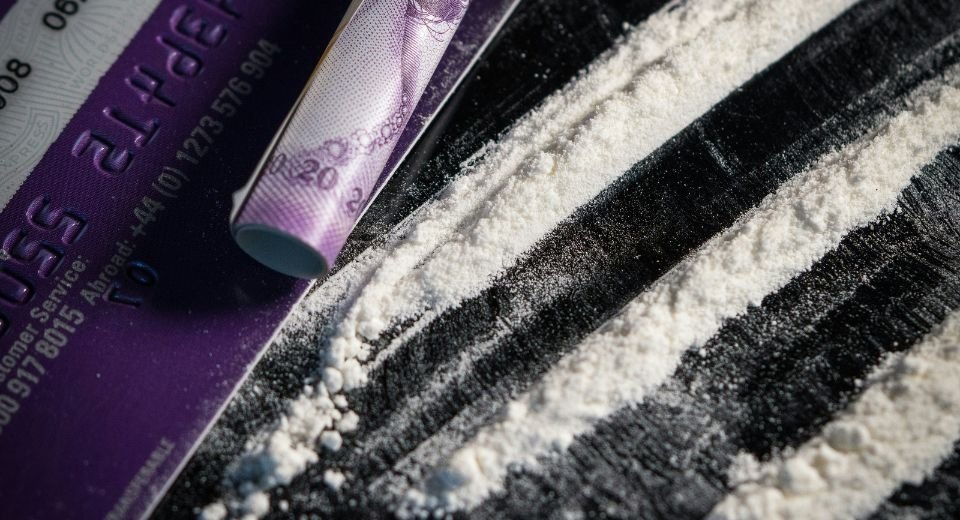HQ Team
June 26, 2025: At least 20 people died every day in Canada last year due to opioid toxicity, driven by a toxic illegal drug supply, according to government data.
During the January to December 2024 period, there were 7,146 opioid-related drug toxicity deaths, 5,514 hospitalisations, 36,266 emergency medical services responses, and 24,587 emergency department visits.
“The national data show substantial decreases for 2024 compared with 2023, while still very high compared to previous years, with a 17% decrease in the number of opioid-related deaths,” according to a statement.
The data were submitted to the Public Health Agency of Canada on or before May 13, 2025.
Illegal drug supply
“The overdose crisis, driven by a toxic illegal drug supply, is one of the most serious public health crises our country has ever faced,” the government stated.
Powerful drugs like fentanyl and other synthetic opioids have been flooding the illegal drug supply, and the drug toxicity crisis, “driven by the toxic drug supply, is a serious public health crisis, with pervasive impacts on families and communities across Canada.”
The trends mask important regional differences, as each community faces its unique challenges. British Columbia, Alberta, Saskatchewan, Ontario, New Brunswick, and Yukon all reported decreases in opioid-related deaths between 2023 and 2024.
Manitoba, Nova Scotia and Prince Edward Island saw little or no change. The Northwest Territories, Quebec, and Newfoundland and Labrador reported increases in opioid-related deaths over this period.
Indigenous communities
“Due to colonialisation and continued marginalisation, many indigenous communities have also experienced increases in deaths and disproportionate harms, particularly among indigenous women.”
The decrease in deaths in some provincial and territorial public health partners may be attributable — at least in part — to a shift to lower toxicity of the drug supply, based on drug checking data indicating a decrease in fentanyl concentrations.
Some regions reported a rise in deaths involving substances other than opioids, such as stimulants or benzodiazepines.
A statement from the Council of Chief Medical Officers of Health and the Chief Coroners and Chief Medical Examiners of the Public Health Agency of Canada stated that the strategies to respond to the drug toxicity crisis should be population and person-centred.
Enforcement
This includes working together across prevention, treatment, harm reduction, and enforcement to provide solutions, they said.
Of the total opioid toxicity deaths in 2024, seventy-four per cent involved fentanyl. “This percentage has increased by 42% since 2016, when national surveillance began, but appears to have stabilised in recent years.”
About 70% of the deaths in the last year also involved a stimulant.
Most opioid-related poisoning hospitalisations occurred among males and individuals aged 60 years or above. Sixty-six per cent of the opioid-related poisoning emergency department visits in 2024 were individuals aged between 30 and 39 years.
